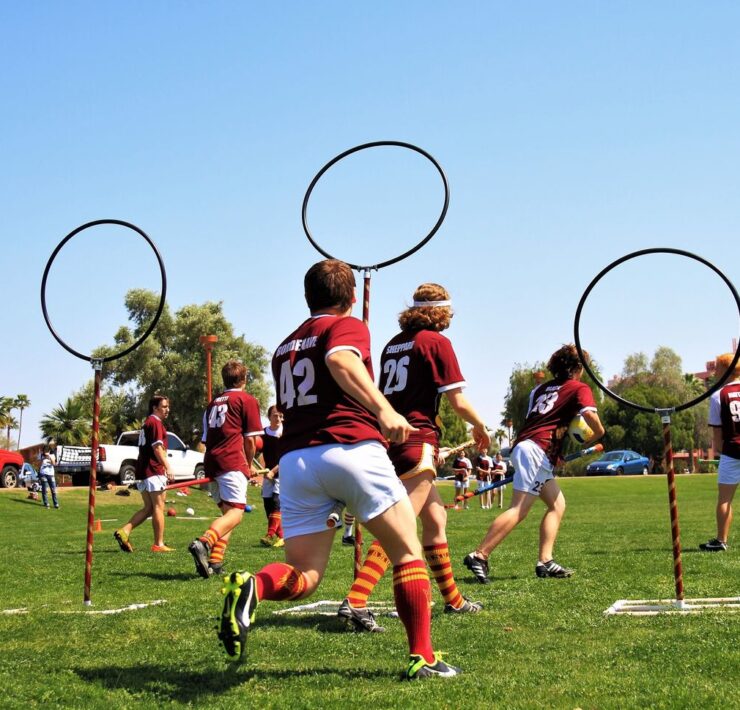Interested in knowing more about España? It isn’t only all about tapas, siestas, people talking loudly and closely. There’s more to know, dear guiri. So read up and know these 10 things that could surprise you while visiting Spain for the very first time. Vale vale vale!
1. Bars
You’re not in Spain if you haven’t seen a single bar. Spain has 350,000 bars and restaurants and according to a study, the country has one bar for every 132 of its 47.2 million inhabitants. Bars are such an ingrained part of the Spanish culture that more than half of the Spanish people still visited their favorite bars even during the last economic crisis. Bars in Spain are special places where locals don’t just visit for a drink, but also for socializing, watching football, and celebrating an event. There are even different types of bars in Spain! They’re just everywhere and no wonder that Spain holds the record as the country with the most bars per person in the world.
2. Why Hurry?
Ah, Spanish people are known to be flexible with their time and you’ll rarely see them in a hurry. When in a restaurant, don’t get furious when a waiter doesn’t come to your table immediately. He’s not in a hurry and you shouldn’t be in a hurry either. The Spaniards even have a common saying, “Visteme despacio, que tengo prisa” which literally means, “Dress me slowly because I’m in a hurry.” But to understand the expression, this saying tells us that doing things in a hurry causes mistakes or sloppy results.
3. Food
If you think you can just show yourself multitasking in Spain with your one hand typing on the computer and the other holding a sandwich, forget about it. That’s not even a right meal for Spaniards! Stop working, don’t look for fast food, and throw away those worries, because when it’s time to eat – it’s time to eat. Spanish lunches (la comida) are normally done for about an hour, two hours, or maybe less for people working in big cities like Madrid. Other than the actual eating, a Spanish lunch is accompanied by TV news and chats. In the end, there’s the siesta.
4. Siestas
And after that long lunch, here comes the siesta. If you don’t know what a siesta is, it is the time in the afternoon where everything stops or shuts down in order (not always though) for people to have their afternoon naps. The siesta for shops is from approximately 2pm until 5pm while bars and restaurants close from about 4pm until about 8 or 9pm. However, the pressure in the market today makes the siesta a dying tradition and many stores, supermarkets, and department stores do stay open during siesta hours. People do take naps during those times but today’s busy lifestyle won’t allow the people to have time for sleep.
5. Castilian? Catalan? What?
At first, Spain looks like a country with locals sharing the same language, culture, and history, but it isn’t so. Spain is divided into 17 different autonomous communities or regions, and each has their own regional government. Therefore, differences do exist. Catalan is the language spoken in the Catalonia, Valencia, and Balearic Islands. It is a unique language and not just a language derived from Spanish. Castilian on the other hand, refers to the standard kind of Spanish language.
6. Avoiding Confrontations
Spaniards avoid confrontations if possible. They try to avoid looking stupid or be embarrassed in public because of the concern that their image could be ruined in front of others. If they have problems with someone, they would rather stay away from that person rather than talking to him/her. But if confrontation is really needed, it’s better to be done in private.
7. Talking with Hands
When a Spaniard talks, it’s not only the mouth that moves. Arms and hands are also included and these are essential in a typical Spanish conversation. There are even hand gestures that you should watch out and understand so you won’t be clueless when you see someone tap his cheek with his fingers.
8. Don’t Touch the Fruit!
The reason why you, as a customer, aren’t allowed to touch any of the fruits sold is quite a mystery. Whether it’s because the fruit might get bruised or maybe the whole fruit display’s design might get ruined, it’s a rule that you shouldn’t touch a fruit when shopping in grocery stores. If self-serve, you can pick fruits while wearing the available plastic gloves. If not, tell the seller what you want and let him or her do the picking and bagging for you.
9. Spanish Time
Spaniards usually eat lunch at 2pm and eat dinner at 9pm. It was said that the habit of eating during these times is due to a historical error wherein Spain’s dictator General Francisco Franco changed the country’s timezone in 1942 to match with its fascist ally Germany. Spanish families are usually at home at 10pm and it’s not unusual to see kids still up at midnight.
10. Personal Space
When you talk to a Spaniard – whether he/she is a friend or a stranger – don’t be shocked when that person talks quite close to you. It’s not even uncommon for them to touch your arm or put their arm around you. This is considered normal and a good sign meaning that they’re listening to you.
When On Earth Magazine is for people who love travel. We provide informative travel guides, tips, ideas and advice regarding places to see, things to do, what to taste, and much more for world travelers seeking their next dream vacation destination.






